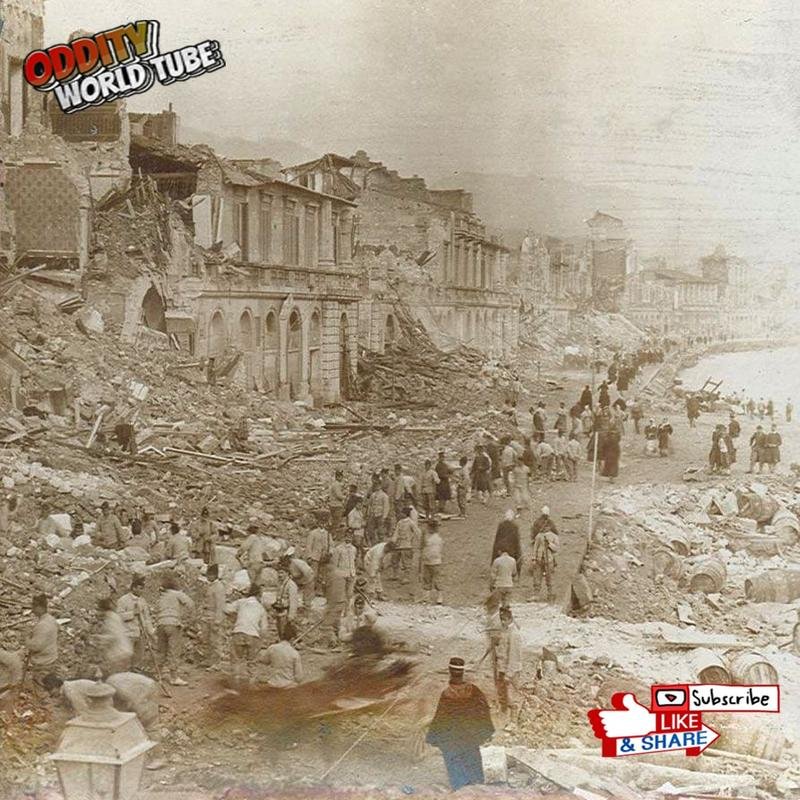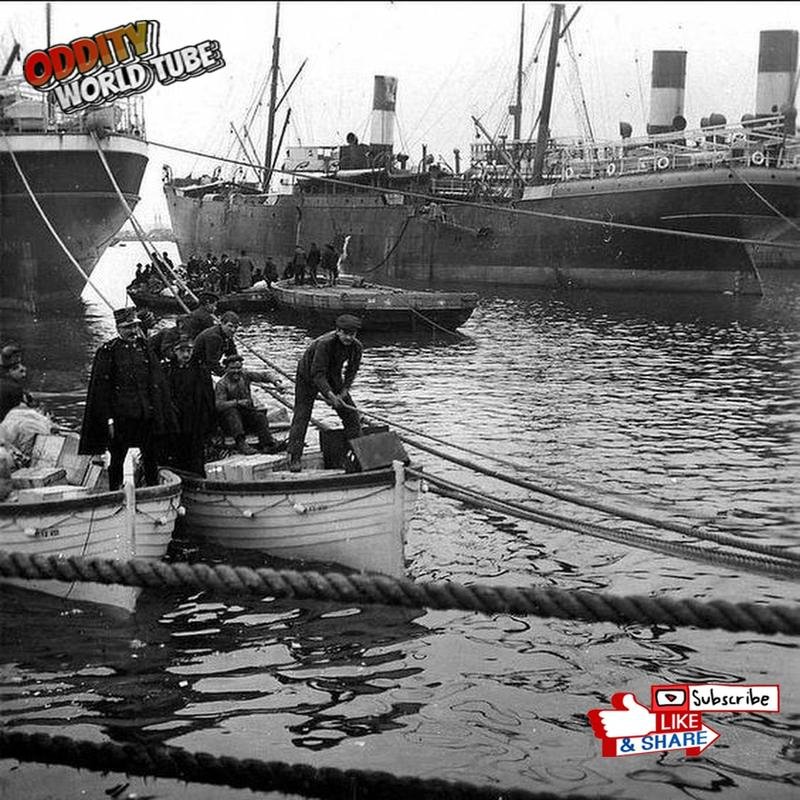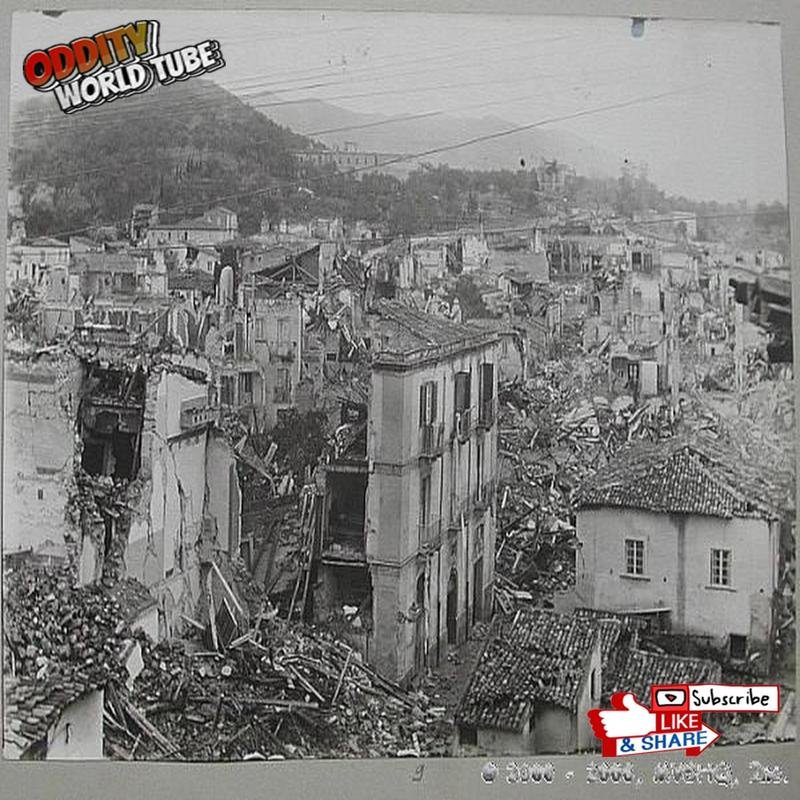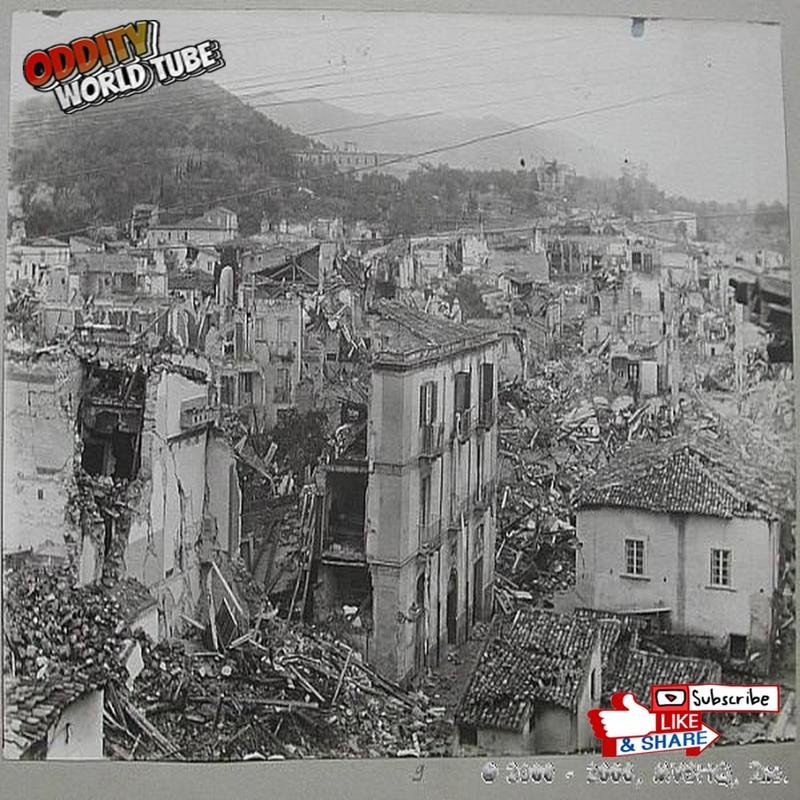The 1908 Messina Earthquake: A Devastating Tsunami Disaster 🇮🇹🔍 #History #Italy #Earthquakes

1908 Messina Earthquake & Tsunami: A Devastating Disaster
On December 28, 1908, a catastrophic earthquake struck the Strait of Messina, between Sicily and Calabria, Italy. This devastating event, followed by a powerful tsunami, resulted in widespread destruction and immense loss of life. The Messina earthquake, a profoundly painful chapter in Italian history, ranks among the worst natural disasters of the 20th century.
The Earthquake and Tsunami
Measuring 7.1 on the Richter scale, it was one of the strongest earthquakes ever recorded in Europe, its epicenter located approximately 10 kilometers offshore from Messina. Violent tremors lasting 37 seconds caused widespread building collapse and infrastructure devastation in Messina, Reggio Calabria, and surrounding areas. The ensuing tsunami exacerbated the destruction; abruptly rising water levels and towering waves, reaching approximately 12 meters in height, inundated coastal regions, sweeping away everything in their path. Estimates of the death toll range from over 75,000 to as high as 200,000, with Messina and Reggio Calabria suffering the most significant population losses.
Response and Relief Efforts
The initial response was slow and inadequate, hampered by the destruction of vital infrastructure, including roads, railways, and ports, and a critical shortage of rescue and relief resources. However, relief efforts gradually intensified with the arrival of warships from Russia, Britain, France, and other nations, providing crucial assistance. Soldiers and sailors aided in rescue and recovery operations, distributing food and medicine. Numerous charitable organizations and individuals also contributed significantly to the relief effort.
Reconstruction and Lessons Learned
Reconstruction efforts, spanning many years, faced considerable economic and social challenges. New building codes were implemented to enhance earthquake resistance, and tsunami early warning systems were developed. Rigorous scientific investigation into the earthquake’s causes and effects revealed that it stemmed from the movement of active faults in the Messina Strait region, highlighting the correlation between earthquakes and tsunamis in the area. This knowledge informed improved seismic and tsunami hazard assessments and mitigation strategies.
The Enduring Legacy
The 1908 Messina earthquake left an enduring legacy of destruction and suffering, serving as a stark reminder of nature’s destructive power. It also spurred advancements in early warning systems and disaster preparedness. Contemporary photographs and news reports vividly document the devastation, the suffering of survivors, and the international relief efforts, providing a powerful testament to the catastrophe and the critical importance of disaster preparedness. The memory of the Messina earthquake compels us to remember the victims and learn from this tragedy. Continued investment in understanding earthquakes and tsunamis, coupled with the development of effective mitigation strategies, is paramount. We must remain vigilant, prepared to confront natural disasters, and protect our communities from their devastating consequences. The material losses were substantial, estimated at approximately 30 million Italian lire at the time, reflecting the extensive damage to property and infrastructure. Tens of thousands were displaced, losing their homes and possessions. Geological studies confirm the Messina Strait’s susceptibility to earthquakes due to its location along the Eurasian and African tectonic plate boundary, where the movement of these plates generates stress within the Earth’s crust.
Mitigation and Preparedness
The Messina earthquake underscores the critical need for earthquake-resistant construction to mitigate collapse and loss of life. Readily accessible and clear evacuation plans are essential for public safety during seismic or tsunami events. Understanding the causes of earthquakes and tsunamis, and developing effective mitigation strategies, are crucial for protecting vulnerable communities. Continued investment in scientific research and technology is vital to enhance our capacity to predict, prepare for, and respond to natural disasters.









